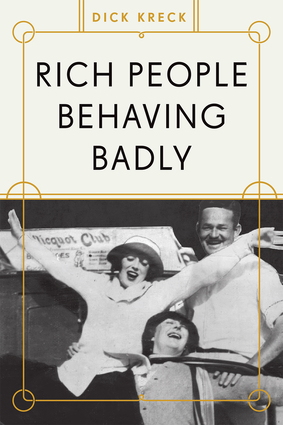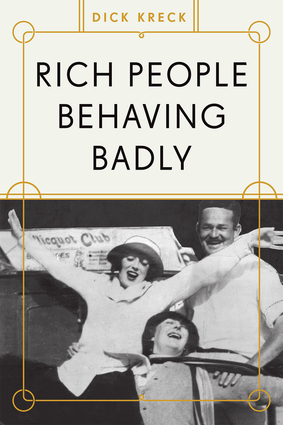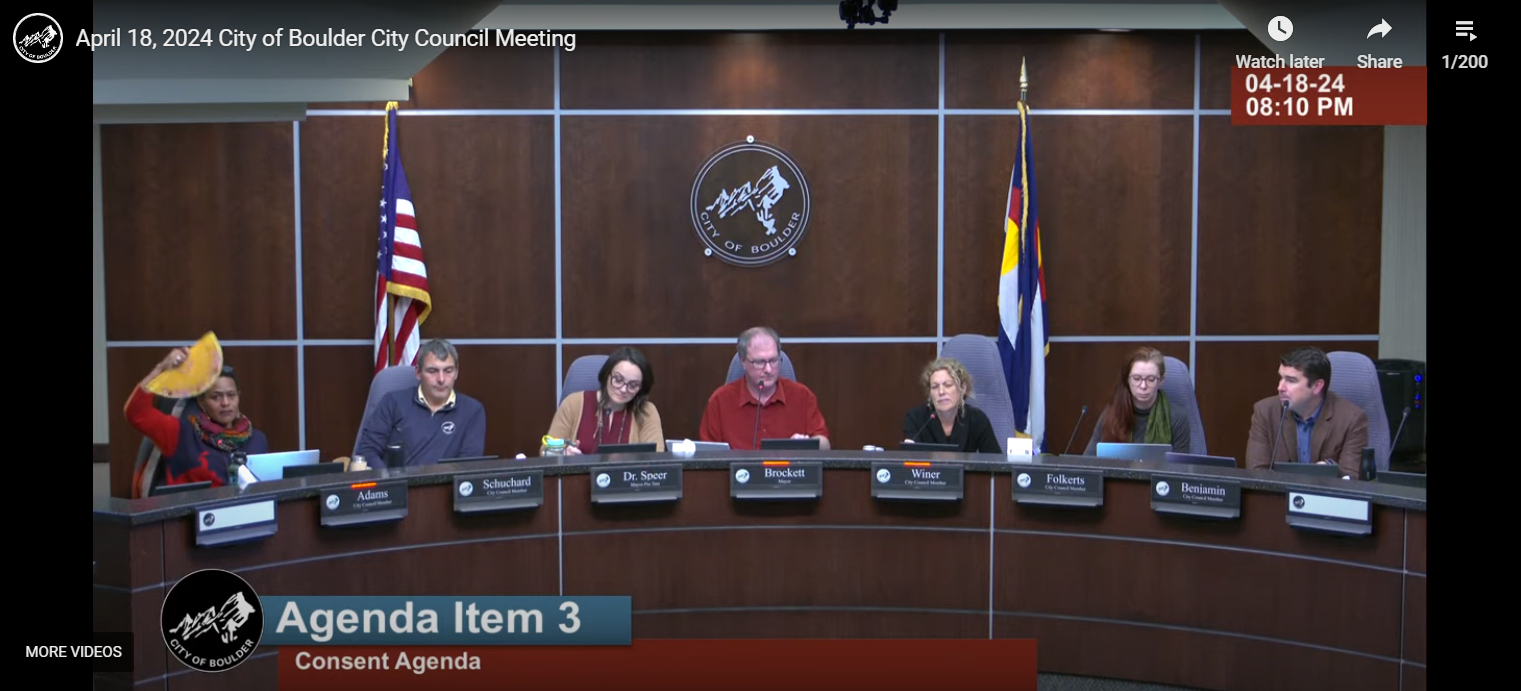From “The Great Scandal”: As a young milliner, Hattie (Sancomb) was considering a move to Denver and
wrote to William Newton Byers, a pioneer pillar of the community and owner/publisher of the
Rocky Mountain News. He was then head of the Board of Immigration, and it was his mission to paint a rosy picture for all comers. As he did with all such inquiries, he encouraged her to relocate. After a brief stop in Denver to thank Byers, she continued on to Golden—then vying with Denver to become the region’s leading town—where she reestablished her millinery
business.
It wasn’t long before she began to suggest to Byers, now in his forties, that she would like to continue their relationship. Little wonder that she chose him from among her several admirers. He was handsome, with piercing eyes and a close-cropped beard in the style of Civil War
hero Ulysses S. Grant. It was a leap year and Mrs. Sancomb took full advantage in her pursuit of Byers.
Byers conceded that what had been a business correspondence in the summer of 1871 became something more. In the latter part of 1872 they began a “closer acquaintance,” he said. “During the winter of 1874–75 we met each other but three or four times, and nothing unusual took
place until the spring of 1875 when Hattie took offense at some fancied neglect and began to write” after he tried to break off the relationship.
Did she write! She poison-penned a series of letters, perhaps as many as a hundred, in which she threatened Byers with mayhem: “You’ve made me hate you again with all the deadly hatred a woman can have for a man...”; “I will kill you. ... Wouldn’t it be fun to put a few bullets, four,
just four, through your heart”; and “All I ask is a glimpse of you, and my bullet will be well aimed. I will not miss.”
She began to stalk him, on the street, at his home, and at the News offices. Byers recalled later, “Her second visit to my office was on Friday, March 31, the day of the recent heavy snowstorm, when she sat there all day, alternately threatening, crying, and coaxing the employees to get to me. She finally left in the evening but returned again on Saturday morning when the business manager was compelled to put her out as she again threatened to shoot, and drew her pistol.” It was what famed journalist William Allen White found out as a young reporter in Eldorado, Kansas, when an angry young businesswoman took umbrage with something he had written and spent her days stalking him, “laying for me with ‘patient and vigil long,’ which controls a woman scorned.” If Hattie’s hate-filled letters threatened harm and death, Byers’s correspondence promised only love and affection. In 1875, when their affair was in full bloom, he wrote to her with salutations that read, “My Dear, Darling Hattie” and “Darling Hattie,” and concluded, “With warm kisses, ever truly yours.” |











